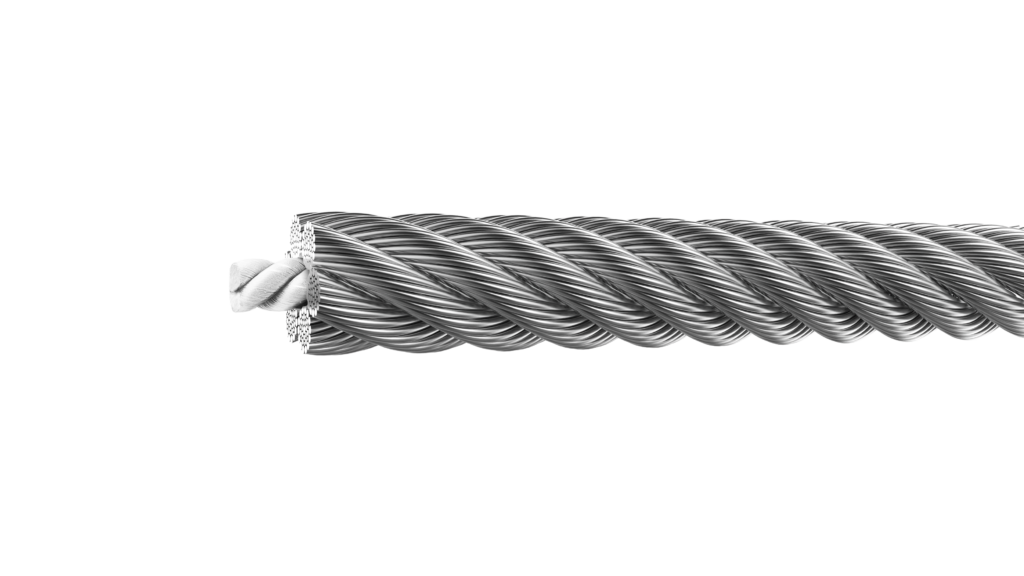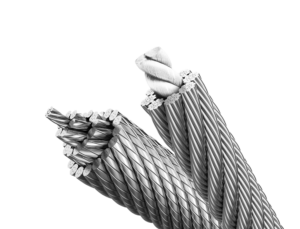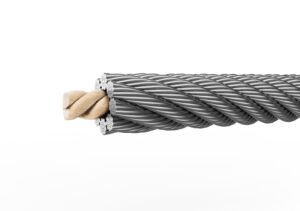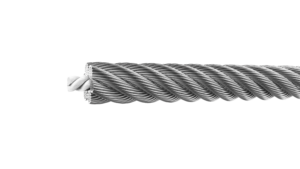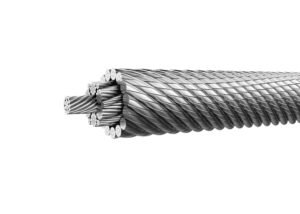# How to Tell When a Wire Rope Needs Replacement — 5 Critical Indicators
Wire ropes are essential components in cranes, elevators, and lifting systems. However, no rope lasts forever. Knowing when to replace a wire rope is crucial to prevent unexpected failures, costly downtime, or even serious accidents.
Here are **five critical indicators** that suggest it’s time to retire a wire rope—and how to spot them before it’s too late.
—
## 1. Excessive Broken Wires
One of the clearest signs of rope degradation is visible wire breakage.
### What to Check:
– Localized broken wires near terminations or high-bend areas
– Multiple breaks within one *lay length* (the length a strand takes to make one full turn around the rope)
### When to Replace:
– **6×19 ropes**: Replace if 6 or more wires are broken in one lay
– **8×19 ropes**: Replace if 8 or more wires are broken in one lay
– Clustering of broken wires in one area also increases failure risk
> Even a few broken wires near end fittings or on critical lifting ropes can require immediate action.
—
## 2. Reduction in Rope Diameter
As wire ropes wear internally, they often lose diameter. A decrease in rope thickness may indicate:
– Internal abrasion
– Core failure
– Wire fatigue or corrosion
### Inspection Tip:
Use a caliper to measure the rope at several points along its working length. Compare with the original nominal diameter.
### Replacement Threshold:
A reduction of **7–10%** typically indicates it’s unsafe to continue using the rope.
—
## 3. Corrosion — Visible or Hidden
Corrosion weakens steel, increases brittleness, and accelerates fatigue failure.
### Signs of Corrosion:
– Surface rust, reddish discoloration
– Rough feel, loss of flexibility
– Seepage of rust from inside the rope
### At-Risk Environments:
– Outdoor operations
– Marine/offshore use
– Chemical processing plants
Even if the rope appears intact, **internal corrosion** can critically reduce strength.
—
## 4. Rope Deformation and Distortion
Any abnormal change in the rope’s shape is a red flag. Common deformations include:
– **Kinks**
– **Birdcaging**
– **Core protrusion**
– **Flattening or crushing**
These conditions severely weaken the rope and typically **cannot be repaired**.
—
## 5. Abnormal Rope Elongation (Stretching)
All ropes stretch slightly under load. But if the rope becomes significantly longer than usual under the same working load, it indicates internal failure.
### Possible Causes:
– Collapsed core
– Internal fractures
– Excessive heat or fatigue
> Never ignore rope stretch—it’s often the final warning before failure.
—
## Always Follow Industry Standards
Use certified guidelines to make informed replacement decisions:
– **ISO 4309**
– **ASME B30.9**
– **EN 12385**
—
## Summary Table: When to Replace Wire Rope
| Condition | Replace If… |
|———————-|——————————————|
| Broken wires | ≥6 (6×19) or ≥8 (8×19) in one lay |
| Diameter reduction | >7–10% below original diameter |
| Corrosion | Significant rust or internal signs |
| Deformation | Any kinks, birdcaging, crushing |
| Rope elongation | Unusual stretch under normal load |
> If you’re unsure, replace early to prevent failure.

